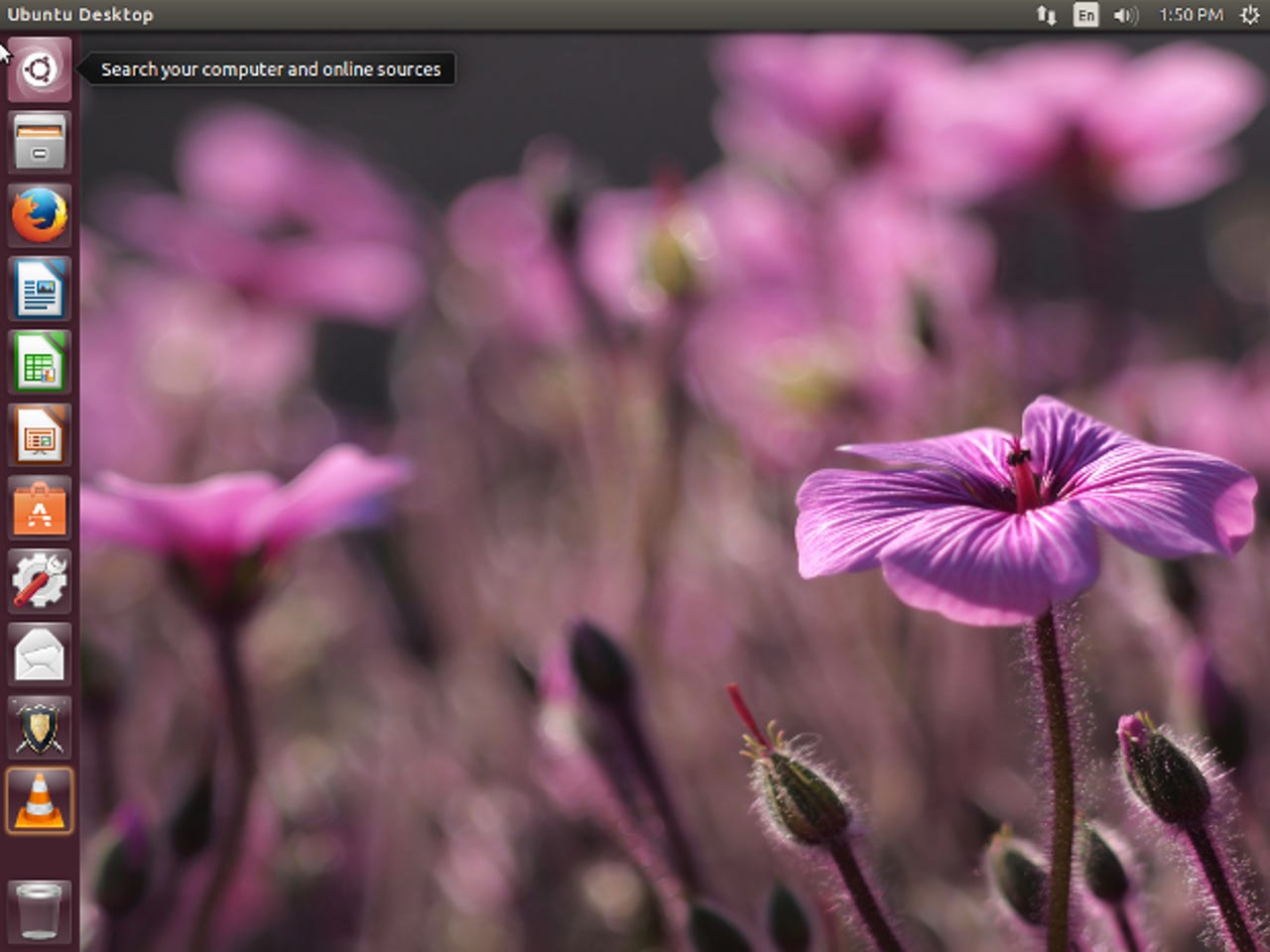Ubuntu 15.04 hands-on: One giant leap for developers and the cloud, but one small step for the desktop

There are lots of new goodies in Ubuntu 15.04, Vivid Vervet, but most of them are for cloud administrators and DevOps. Ordinary Ubuntu PC users will only find a slightly better desktop experience.

Developers will also like that Ubuntu Make (aka Developer Tools Center), now supports 15 platforms. With it you can now easily install and work with Android Studio, IDEA, pycharm, webstorm, rubymine, phpstorm and eclipse integrated development environments (IDE). It also comes with Golang compiler support, Firefox developer edition, and the Stencyl game development platform.
The new desktop, though, is, well, OK. There are no major changes that will jump out at you. Yes, there's now a default purple background, but you can change that in less time than it takes to read this paragraph. Another change is that local menus, menus attached to an application, are now the default. A while back Canonical decided that in its Unity interface, menus should be on the top of the desktop. Well, you can change it back that way if you like, but most users seemed to prefer the application menus with the application window, so Canonical changed it back.
The rest of the Ubuntu desktop's interface, powered by Unity 7.3, looks and acts the same. So, for example, you can use the HUD to search for programs and files no matter where they may be located on your system.
Under the hood there are some significant differences. Ubuntu has switched out its own init system, upstart, for the controversial, but popular, systemd. And, no, before you ask, you can't switch back to upstart.
Six Clicks for Linux beginners: Ubuntu 15.04, Vivid Vervet
You also get an upgrade in the Linux kernel. But, it's not to Linux 4.0 with its no reboot patching. Instead you get the Linux 3.19.3 kernel with its improved graphics and file system support.
Tech Pro Research
On the desktop itself you'll find an assortment of refreshed applications. These include LibreOffice 4.4.2.2 for your office suite; Firefox 37 for web browsing; Thunderbird 31.6 for email; Shotwell 0.20.2 for photo-management; Evince 3.14.2 for PDF viewing; Rhythmbox 3.1 for playing music; and Totem 3.14.1 for watching videos.
All of these worked well on my stock Ubuntu PC, an aged 2008 Gateway DX4710. This PC from the days of Windows Vista, with its 2.5-GHz Intel Core 2 Quad processor, 6GBs of RAM, a 1TB SATA drive, and an Intel GMA 3100 for graphics, showed that Ubuntu runs well even on old, slow hardware.
All-in-all, I would be very excited to use Ubuntu on the cloud or if I were a developer. For an ordinary desktop user, I still think Ubuntu is the easiest way to get into the Linux desktop. For a power user, like myself, Linux Mint 17.1 with the Cinnamon interface is still my top pick.
Of course, you can make your own mind up. Ubuntu 15.04 is available for download now. Enjoy!
Related Stories: